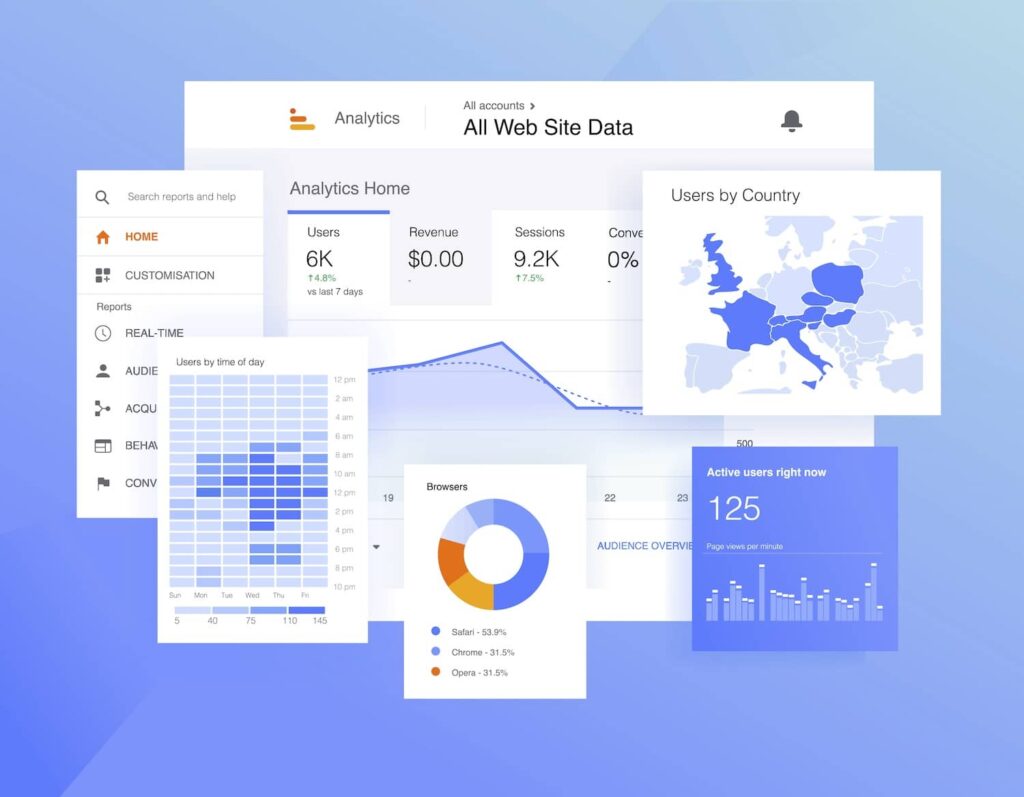Understanding Secondary Dimensions in Google Analytics: Meaning and Critical Combination
Unveiling the Influence of Second Measurement in Google Analytics on Information Analysis and Insights
In the realm of information analytics, the use of secondary measurements within Google Analytics has actually arised as a critical tool for extracting deeper understandings and unraveling complicated patterns that may otherwise continue to be covered. By peeling off back the layers of primary information collections, second dimensions offer a nuanced perspective that improves the understanding of customer actions, website efficiency, and the efficiency of advertising and marketing approaches.
Checking Out the Idea of Secondary Dimensions
Secondary measurements in Google Analytics provide added insights by permitting users to assess primary data along with a secondary feature. This attribute enables a much more detailed understanding of the key data by including an additional layer of info for analysis. By integrating second measurements, users can dive deeper right into the data and discover useful correlations that might otherwise go undetected. As an example, by matching the main data of web site traffic with additional dimensions like demographics or actions, online marketers can obtain a more detailed sight of their target market and tailor their approaches appropriately.
By exploring the different second measurements available in Google Analytics, customers can open new insights and enhance their digital marketing efforts. In essence, second dimensions serve as an effective tool for boosting information analysis and driving actionable results.
Enhancing Data Analysis With Second Dimensions
Having actually established the fundamental understanding of second dimensions in Google Analytics and their critical function in information analysis, the focus currently shifts towards leveraging these secondary characteristics to improve the interpretation of analytics information (what is a secondary dimension in google analytics). By incorporating second dimensions into data evaluation, analysts can obtain much deeper insights right into individual actions, website efficiency, and marketing performance

Additionally, secondary dimensions assist in contextualizing primary data metrics by offering extra layers of information. This contextualization aids in understanding the 'why' behind the information trends, assisting experts make notified optimizations and choices to boost total performance. Inevitably, including second measurements enhances the information interpretation process, leading to even more meaningful insights and strategic actions.
Uncovering Hidden Insights Via Additional Measurements
Exploring the midsts of analytics information with additional measurements discloses important insights that would or else stay obscured. By including additional dimensions in Google Analytics, organizations can uncover covert patterns, trends, and relationships that provide an even more comprehensive understanding of user behavior and web site performance. These added layers of information allow experts to delve deeper right into the main measurements, such as traffic sources or landing web pages, and acquire a much more nuanced viewpoint on exactly how various variables connect with each other.
With the usage of second measurements, analysts can segment and compare data throughout various dimensions, allowing them to identify certain variables that affect individual involvement, conversion prices, and overall success metrics. By coupling the primary measurement of 'gadget classification' with the additional measurement of 'age team,' marketing experts can determine which age demographics choose accessing the site with mobile tools versus desktop computers.
Leveraging Second Dimensions for Actionable Analytics
Building upon the insights unveiled with additional measurements in Google Analytics, companies can now harness this enriched data landscape to drive actionable analytics and critical decision-making. By leveraging second measurements, organizations can dive much deeper into their information to extract useful patterns, trends, and relationships that might have previously gone undetected. This deeper degree of evaluation makes it possible for companies to gain a more extensive understanding of individual habits, campaign efficiency, and overall site efficiency.
One trick advantage of making use of secondary dimensions for actionable analytics is the capacity to segment data based on specific standards. This division enables services to customize their approaches and campaigns to different target market teams, causing a lot more targeted and effective marketing efforts - what is a secondary dimension in google analytics. Additionally, secondary dimensions give an even more alternative sight of customer interactions, allowing companies to maximize their site material, design, and overall user experience
Taking Full Advantage Of Decision-Making With Secondary Dimensions
To enhance calculated decision-making in analytics, leveraging second dimensions in Google Analytics can supply a much more nuanced perspective on customer actions and project efficiency. By incorporating secondary see measurements into data analysis, services can next page dive much deeper right into the specifics of their web site visitors' communications and involvement patterns. This added layer of information enables an extra thorough understanding of how various variables, such as demographics, devices, or website traffic sources, effect vital click here for info efficiency indications.

Final Thought
Finally, using secondary dimensions in Google Analytics plays a critical duty in enhancing data evaluation and revealing surprise understandings. By discovering this principle, one can acquire a deeper understanding of individual habits and make educated decisions based on actionable analytics. Leveraging second measurements permits for an extra thorough analysis of information and optimizes the performance of decision-making procedures.
